Here’s an easy tutorial on how to dye easter eggs and get vibrant colors with something you already have in your pantry. Your Easter baskets this year will look amazing!!
Not only is dying Easter eggs so much fun but brighter eggs are great for an Easter egg hunt, too!
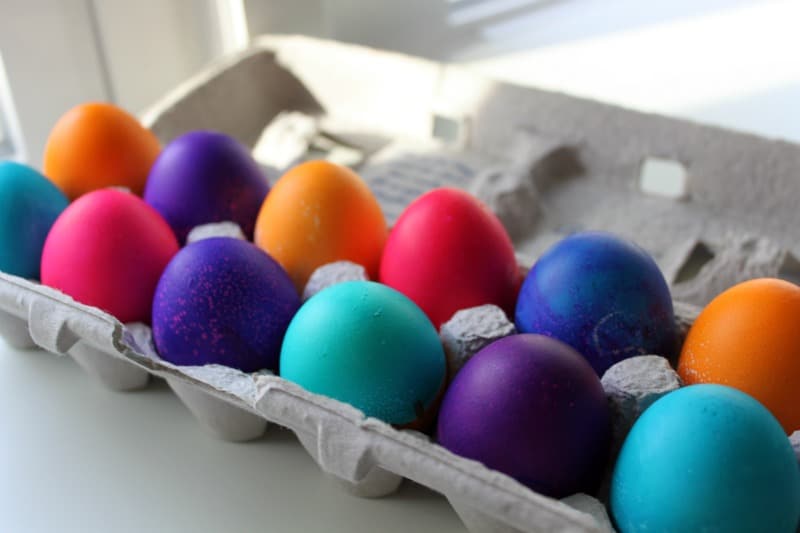
Pin this recipe now to save it for later
Pin RecipeHow Do You Make Easter Egg Dye More Vibrant?
Do you have gel food coloring in your kitchen panty? Do you have regular white vinegar? Then you have everything you need to make vibrant-colored Easter eggs.
Using gel food coloring can really help to get that white part of the egg a bright color! I like using this dye solution better than regular food coloring for this reason. No need to buy those little easter egg coloring kits when you already have the perfect dye! You can use this to start a new Easter tradition and create fun new colors every year.
Once you see this simple idea and how well it creates this bright Easter egg recipe, you’re going to tell everyone that this is your favorite way to get beautiful Easter eggs.
Below you’ll find the easy step-by-step instructions that will give you the best results and brightest Easter egg colors. You’ll love how these easy tips show you how to get darker colors on your eggs!
No matter if you’re using white eggs or brown eggs, you’ll still love how simple this Easter egg dye is to use and how awesome it makes them look! This is one fun activity that the whole family can join in on!
Grab My Favorite Tools
Click on the products below to see my favorite tools for making this recipe.
Ingredients for Dyed Easter Eggs
- Hard-Boiled Eggs – Hard-boiled eggs are best because they are very sturdy. They are much more kid-friendly than soft boiled eggs which will easily crack when handled.
- Food Coloring Gels – Gel food coloring is a lot thicker than liquid food coloring. This is important to get the bright, bold colored Easter eggs you are looking for.
- Vinegar -Plain, white vinegar is all you need!
- Water
For about $3, I picked up 4 colors of gel food coloring – magenta, teal, orange, and purple. Perfect! I actually love this combination of colors which will look great as deep, jewel-toned Easter eggs.
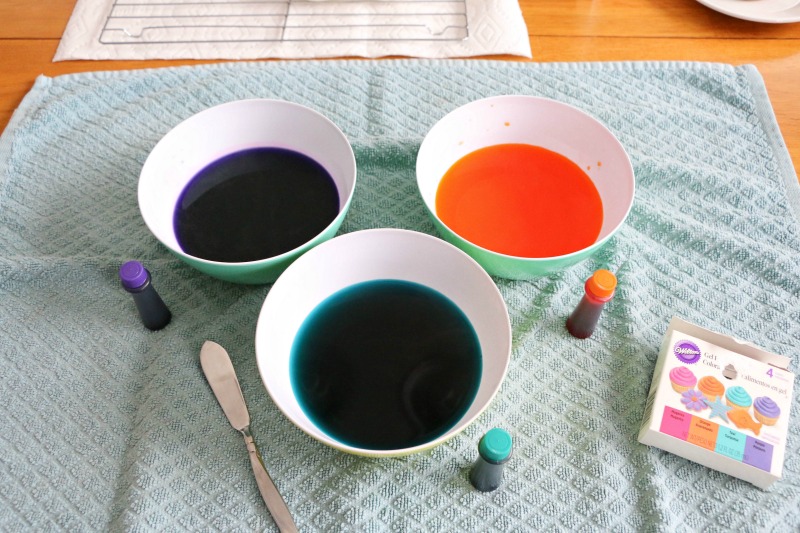
How To Dye Eggs With Food Coloring
- Hard boil your eggs: First, lay your eggs gently in a pot that is large enough that the eggs don’t touch that much. Cover with cold water until the water is about 1 inch above the eggs. Set a timer for 10 minutes and wait. At the end of the ten minutes, carefully drain the hot water out of the pot and cover with cold water. Chill until the eggs are no longer warm. I like to run the water for a few minutes to make sure it’s nice and cold. Here’s a full tutorial on how to hard boil eggs!
- Prepare the dye: Bring 4 cups of water to a boil on the stove for 4 colors. To the four bowls, add 1/2 teaspoon of vinegar to and fill with 3/4 cup of water. Add 1/4 to 1/2 teaspoon of the food dye – depending on how strong you’d like the color – and stir. Mix carefully or you’ll end up with dye on your countertops that will take a little scrubbing to get off.
- Dye the eggs: Carefully place your eggs in the dye bath with a spoon or tongs. Leave the egg in the dye until the desired color is reached. Let the eggs dry completely before touching.
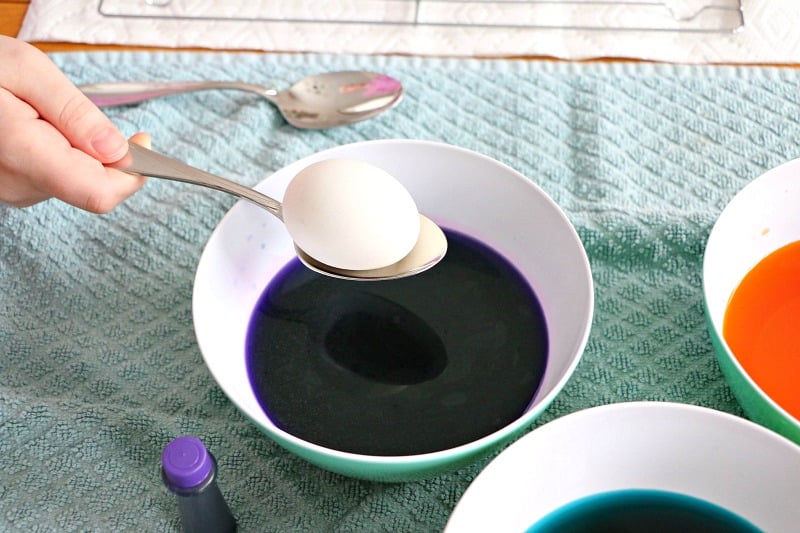
Quick Tip
The longer you leave the eggs in the dye, the brighter the colors will be. A quick dip will make pastel colored eggs but a few minutes in the dye solution will make vibrant Easter eggs. I like to let my eggs sit in the homemade Easter Egg dye for about 10 minutes to get a really bold color. Put the eggs in, then go have a coffee, eat a slice of Easter poke cake or try one of my fun Easter activities you can do with the whole family, like this Easter garden.
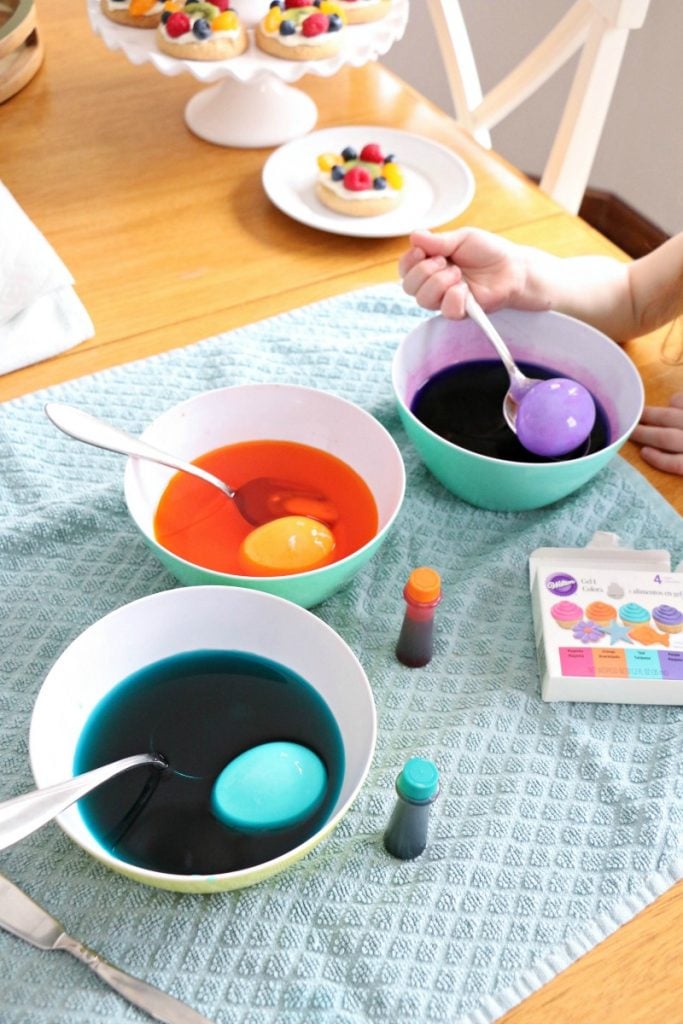
That’s it! Perfectly, bright and vibrant colored Easter Eggs!
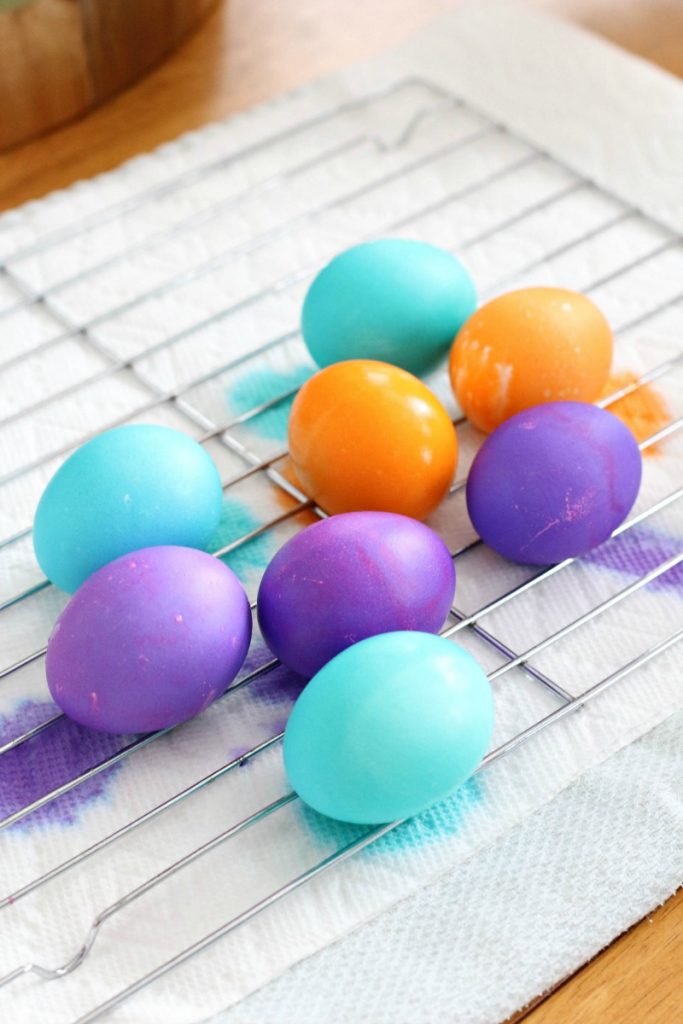
How to Store Dyed Easter Eggs
Dyed Easter eggs should be stored in the fridge until you are ready to use them. Take the eggs out of the fridge right before you are ready to eat or hide them for an egg hunt.
Hard boiled eggs will keep in the fridge for about 7 days. This means you can make them up to a week before Easter and have them ready to use on the big day!
FAQs
For Christians, the Easter egg is symbolic of the resurrection of Jesus Christ. Painting Easter eggs is an especially beloved tradition in the Orthodox and Eastern Catholic churches where the eggs are dyed red to represent the blood of Jesus Christ that was shed on the cross. Easter eggs are blessed by the priest at the end of the Paschal vigil and distributed to the congregants. The hard shell of the egg represents the sealed Tomb of Christ, and cracking the shell represents Jesus’ resurrection from the dead. Moreover, historically Christians would abstain from eating eggs and meat during Lent, and Easter was the first chance to eat eggs after a long period of abstinence.
Easter is a religious holiday, but some of its customs, such as Easter eggs, are likely linked to pagan traditions. The egg, an ancient symbol of new life, has been associated with pagan festivals celebrating spring. From a Christian perspective, Easter eggs are said to represent Jesus’ emergence from the tomb and resurrection.
Decorating eggs for Easter is a tradition that dates back to at least the 13th century, according to some sources.
One explanation for this custom is that eggs were formerly a forbidden food during the Lenten season, so people would paint and decorate them to mark the end of the period of penance and fasting, then eat them on Easter as a celebration.
In England, Germany, and other countries, children traditionally rolled eggs down hillsides at Ēostre festivities. After mergers of celebrations, this may have become symbolic of the rolling away of the rock from Jesus Christ’s tomb before his resurrection.
In the United States, the Easter Egg Roll is an annual event, held on the White House South Lawn each Easter Monday for children and their parents. It is always hosted by the president of the United States and the first Lady.
The Egg Roll is a race, where children push an egg through the grass with a long-handled spoon. There is also appearances by White House personalities in Easter Bunny costumes, speeches and book-reading by cabinet secretaries, and exhibits of artistically-decorated eggs.
According to tradition, Dolley Madison, the wife of President James Madison, began the event in 1814 and hundreds of children brought their decorated eggs to join in games. The original site was on the grounds of the United States Capitol, but in 1877 a new lawn was planted there and the gardeners canceled the event. Congress then passed a law making it illegal to use the capitol grounds as a children’s playground.
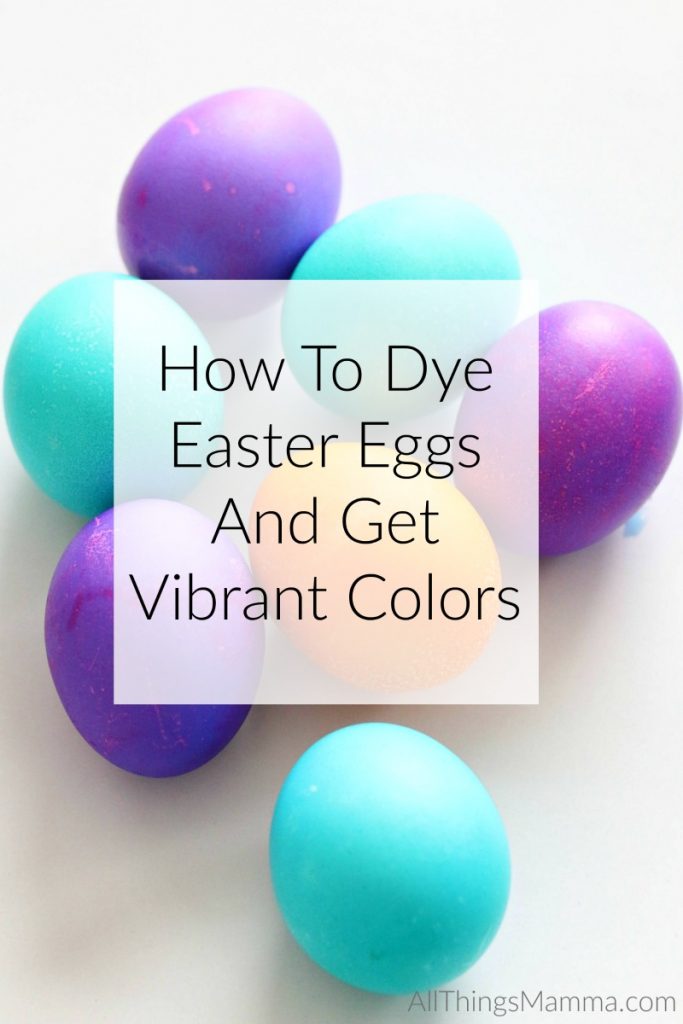
Check out more fun Easter Activities to do with your family HERE!
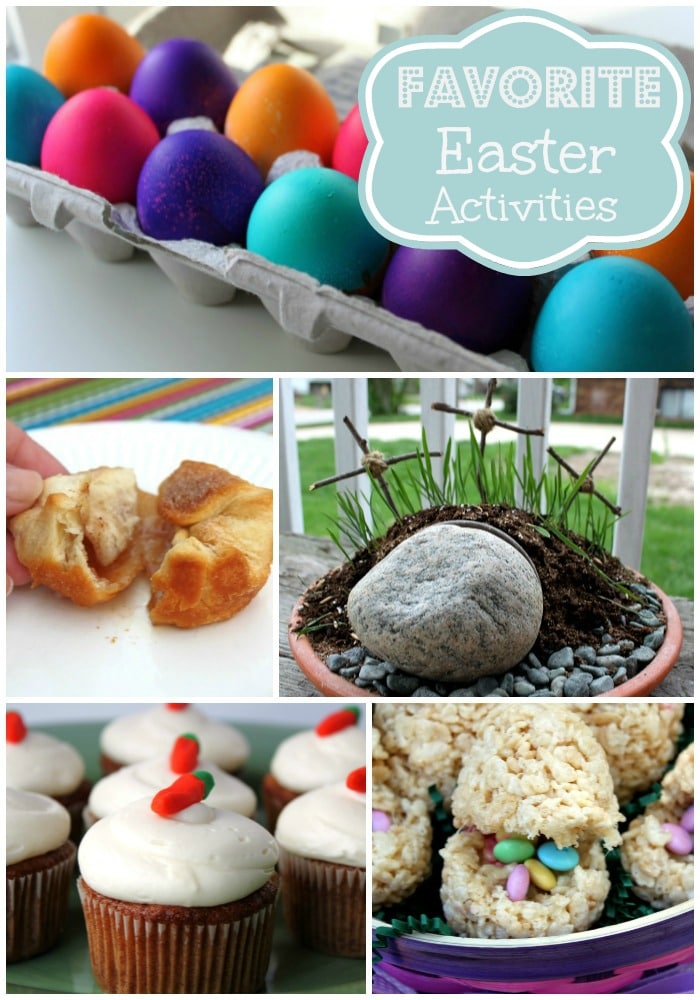
Try Some Great Easter Recipes
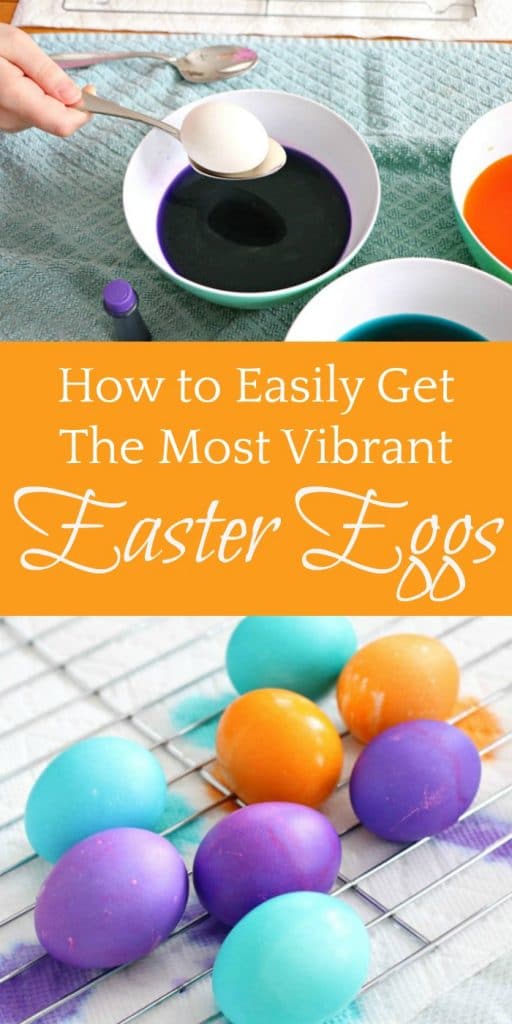
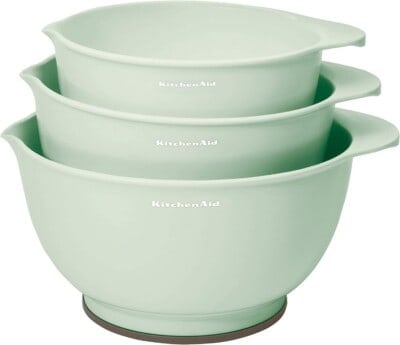
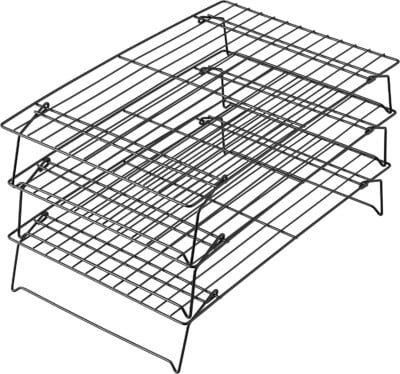
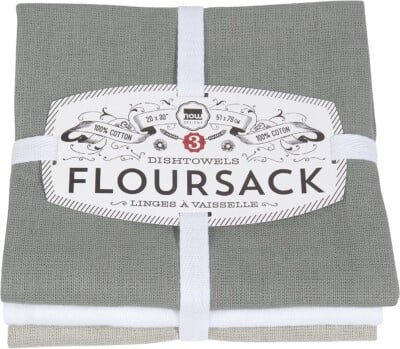

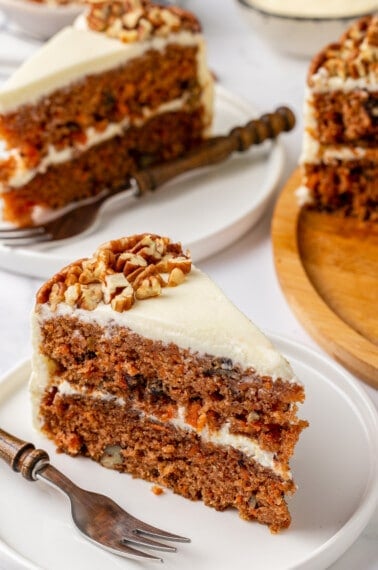

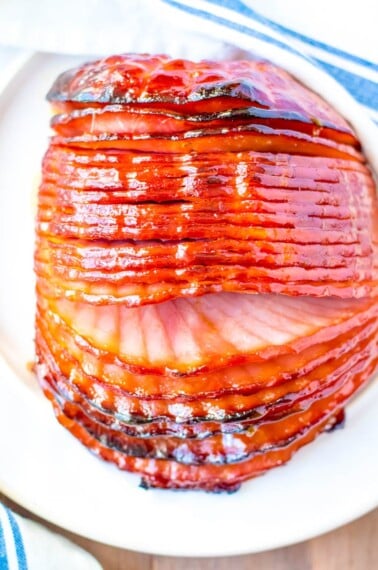
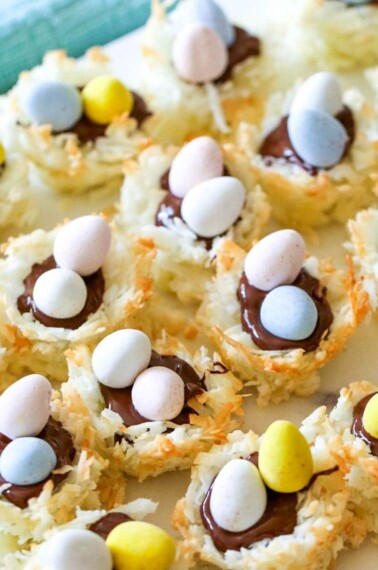
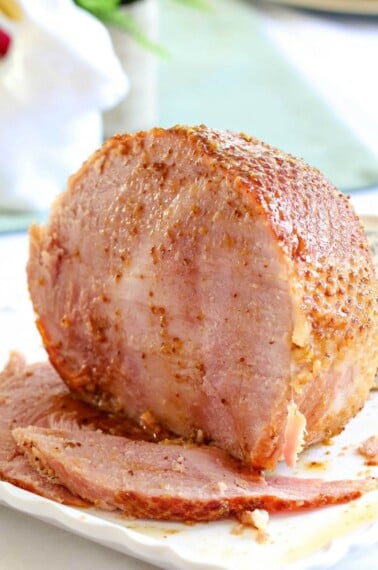
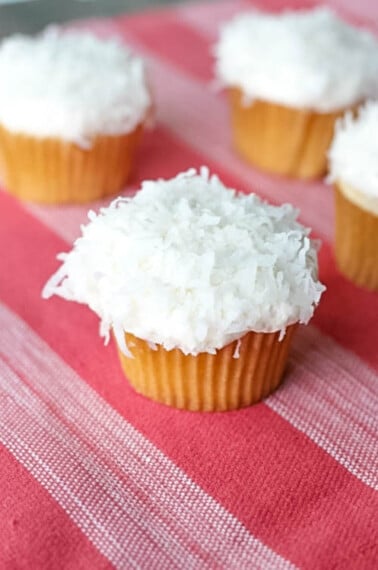









miscreants in the comments is sending me, im gonna do this egg thing tomorrow just to make this official.
Todd sent us, mama
fancy seeing you here
Whaaaaat yall here too
Brethren!! Todd be with you 🙏🏼
F*ckin’ tremendous things here. I’m very happy to look your article. Thank you a lot and i am having a look forward to contact you. Will you please drop me a mail?
I’ve just bookmarked this page, terrific web site!
Is there any particular reason why I shouldn’t use the egg boiling water for the dyeing water? Could I just pull the eggs out of the boiling water, put them into an ice bath and use that same boiling water for the dyeing solution?
Hi, this weekend is fastidious for me, since this point in ttime i am reading this enormous informative article here at my residence.
Notwhorosethinks anyone?
lmaoo yes
Which vid Todd he talk about this?
Your eggs turned out great! I will have to look for the Wilton gels when I go to the grocery store. Thanks for sharing!